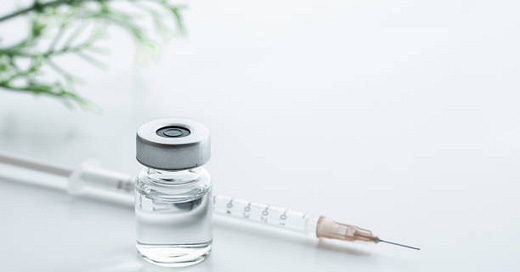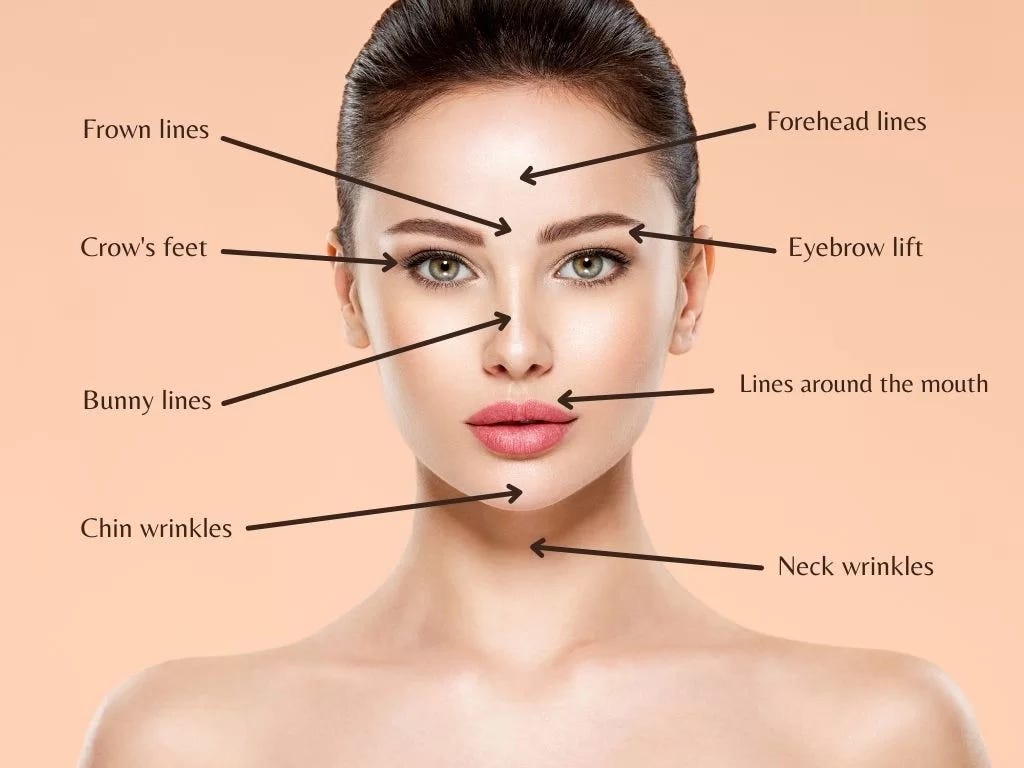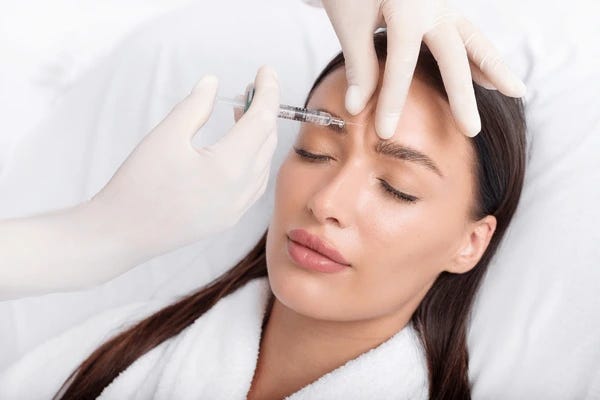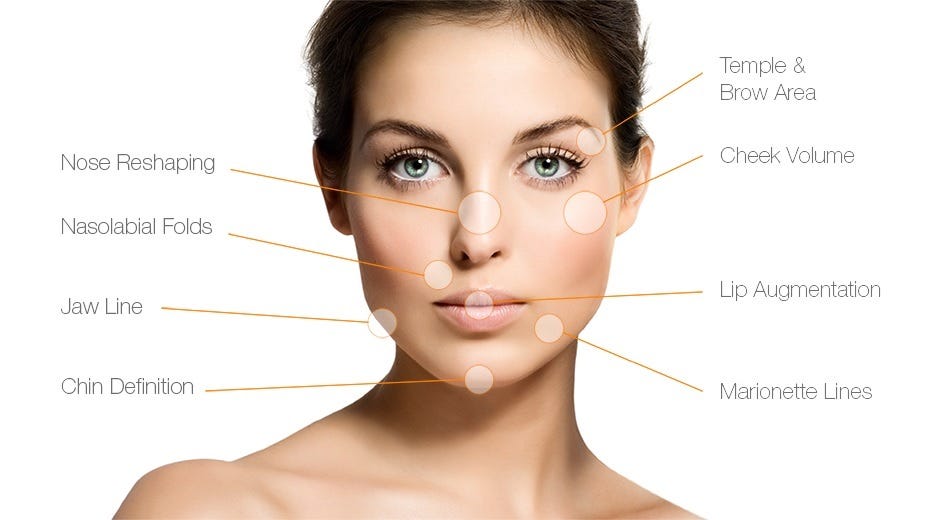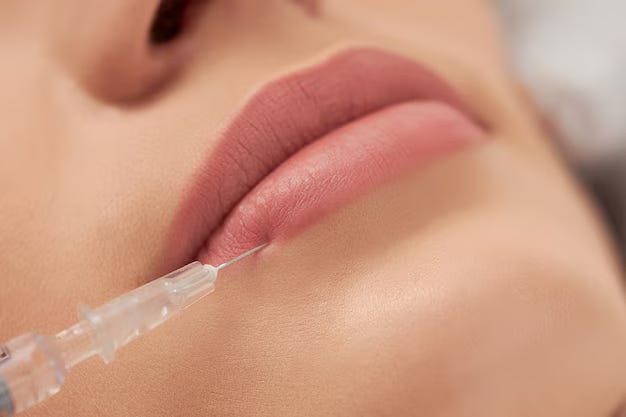These two treatments are often used interchangeably, but serve different purposes and provide different results. So, I wanted to discuss what separates them, where and why they’re used, and the cost comparisons.
What Is Botox?
First, Botox is actually a brand name for neurotoxin.
The toxin is produced in the lab from the bacteria Clostridium botulinum. After several fermentation and purification processes, the end goal is achieved: extracting the purified and stable form of botulinum toxin type A.
The botulinum toxin is classified into several types: A-G. A is favorable because it is the most potent, has the longest-lasting effect, remains stable through transport and storage, and has long been researched through extensive clinical trials.
The neurotoxins most commonly available on the market today are Botox, Dysport, Xeomin, Jeuveau, and Daxxify. Each one has a different approval from the FDA in terms of what it can and cannot treat and varying levels of efficacy.
Botox was first granted approval for cosmetic use back in 2002. Its primary use is to treat dynamic wrinkles — or the wrinkles you see during facial movements — by blocking nerve signals that cause contractions and temporarily paralyze the muscle.
The most common areas to treat include the horizontal lines on the forehead, crow’s feet (wrinkles at the corners of the eyes), and glabellar lines (wrinkles between the brows), but over the years, this has expanded into additional areas of the face and neck that respond beautifully to treatment.
It’s also been incredibly helpful for those who suffer from excessive sweating, chronic migraines, and neurological disorders that cause involuntary movement.
How Much Does it Cost?
Neurotoxins are typically sold in units, with one syringe containing 100. The price per unit can be anywhere from $8 to $20, with some states requiring a full syringe to be purchased.
The costs depend on the brand you choose, the skill level of the injector, and the number of units you need. For example, treating the area between the brows typically requires 10 to 20 units.
Be mindful: there are truly no universal guidelines. The variables behind how much product you’d need come down to your age, the severity of the wrinkles, and overall muscle strength.
Your results should last approximately three months before you notice another treatment is needed. Daxxify currently leads the market in longevity, with results lasting as long as nine months.
What Are Fillers?
Fillers are used to add volume and fullness, as well as to contour and change the shape of something. They treat static wrinkles, which are the lines we have even when the face is at rest. These wrinkles form naturally as we age, and the face loses its collagen and elasticity.
Dermal fillers tackle areas like the cheeks, jawline, and nasolabial folds and can even alter the appearance of the nose.
Fillers are also used to treat the lips for those who are seeking symmetry, an increase in volume, or even a more hydrated, attractive appearance.
The most common compound in filler is hyaluronic acid, which naturally occurs in our bodies and is also found in many skincare products. Hyaluronic acid is injected as a gel-like substance that rests under the skin and attracts moisture, keeping the area plump, hydrated, and naturally moving with us.
Juvederm and Restylane are two of the most widely used brands. Under each umbrella, they sell different types of filler to treat different areas of the face.
In addition to Hyaluronic acid, poly-L-lactic acid is another type of filler that’s used over a period of time to stimulate and rebuild collagen. This was a newly introduced treatment via Sculptra in 2023.
How Much Does it Cost?
Filler typically costs $400-900 per syringe. Again, costs will be determined by the area treated, the skill level of the injector, and the city in which you live. The full syringe will need to be purchased, but you can instruct your provider to use as little or as much as is your preference. I do recommend having a light hand if you’re new to receiving filler. You can always return to add more volume.
If the desired results are not achieved, it's easily (though painfully!) dissolvable, but it should dissolve on its own after a period of time.
There have been reports of filler lasting longer than intended or even migrating to unintended parts of the face. This can be prevented by following post-treatment instructions and doing extensive research before choosing a provider. Otherwise, depending on the filler chosen, expect your results to last anywhere from 6 to 24 months.
My Pro Tips:
Never receive injectables from a non-licensed professional! Although laws vary across the U.S. regarding who can perform these treatments, for your safety and peace of mind, always seek out a doctor (cosmetic surgeon or dermatologist) or a registered nurse/nurse practitioner who specializes in aesthetics. There are no exceptions. As a licensed advanced esthetician, I can (and have) assisted with treatments, but I can never perform them solo.
Metabolism very much so affects the longevity of your injectables. If you’re dieting and exercising, you will likely need more frequent visits.
If you suspect your injectables are not lasting as long as they should, seek a different provider.
Join apps like Allē and Galderma Rewards to earn points for each treatment that can be exchanged for discounts on future treatments and skincare products!


